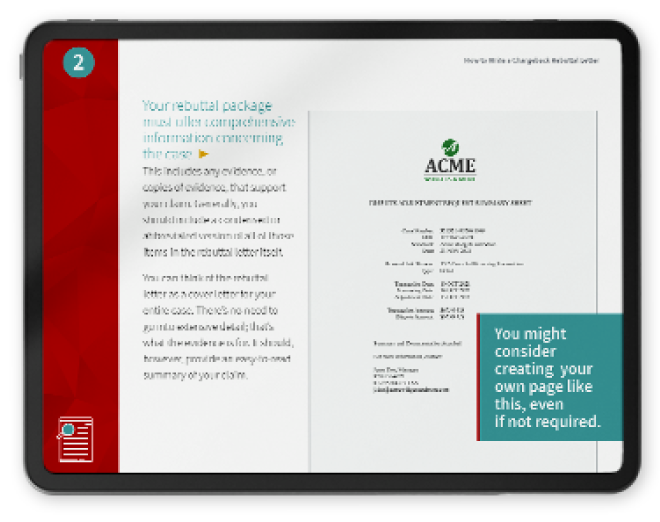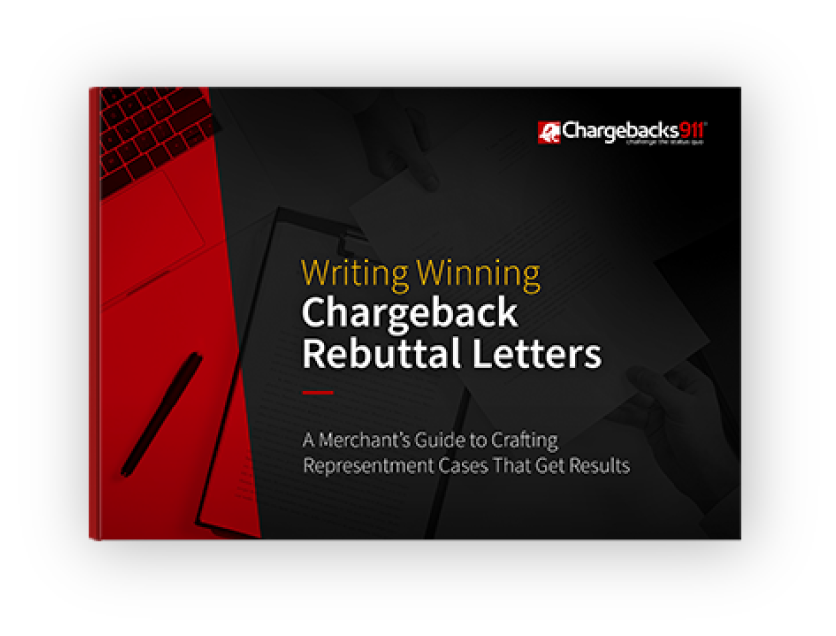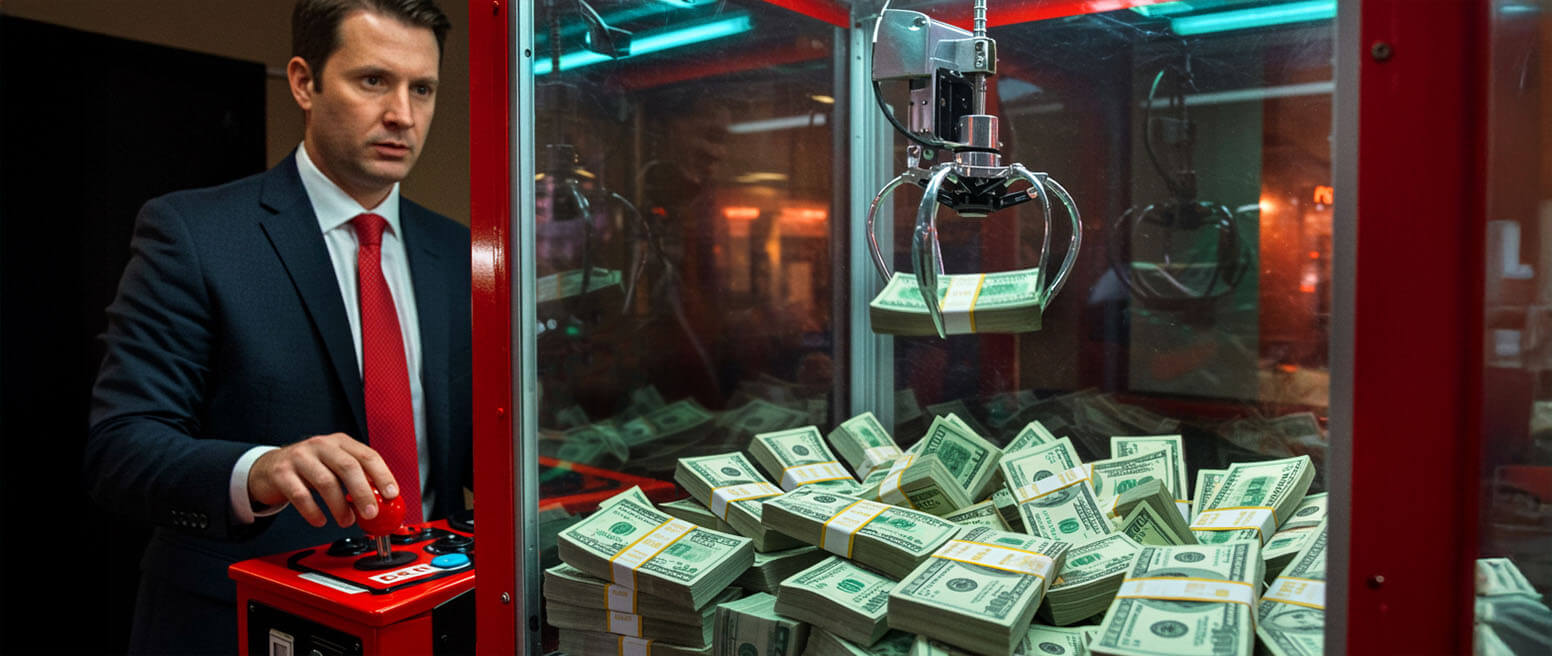10 Common Misconceptions about Chargeback Win Rates & THE TRUTH Behind The Myths
If you’re a savvy merchant, you know that challenging illegitimate chargebacks can be key to the success of your organization. You probably also know that you can judge your chargeback management effectiveness by your win rate.
As a quick refresher, your chargeback win rate is the rate at which you dispute and successfully recover transactions following an initial chargeback. This figure is expressed as the percentage of chargeback reversals you have won as a share of overall chargebacks:
As a key performance indicator (KPI), your win rate gives you an idea of how well your chargeback management strategy is (or isn’t) working. Monitoring win rates over time can also help you tweak your approach to get better results.
Here’s the thing, though: whether your win rate is high or low, you’re probably not winning as many cases as you could be. And, misunderstanding your win rate can lead you to make inefficient moves and end up losing more money to chargebacks.
In this post, I’ll delve into the nitty gritty of win rates. We’ll explore some of the myths that surround them, and examine the truth behind how the data should be calculated and used.
Recommended reading
- Prevent Double Refund Chargebacks & Unnecessary Losses
- How to Handle Chargebacks: 4 Easy Steps to Follow in 2025
- What’s an “Acceptable” Chargeback Rate? Why Does it Matter?
- Revenue Recovery: Tips & Best Practices to Reclaim Money
- Chargeback Automation | Better Dispute Management
- Chargeback Accounting: How it Works | Tips & Best Practices
Myth 1 | Higher Win Rates Always Equal Better Outcomes
If your win rate reflects the percentage of claims you win, it stands to reason that a higher win rate means you’re crushing it, right? Well, yes and no. It does mean you’re winning claims, but that doesn’t inherently mean your chargeback strategy is as effective as it could be.
A high number of reversals may mean that you’re only contesting the “easy-win” cases. Even though that can drive up your win rate, you could still be leaving revenue unrecovered, even though it rightly belongs to you.
Look at it this way: winning a reversal of 40 out of 100 chargebacks, each of which were tied to $5 transactions, could make your win rate appear respectable. But, if you’re ignoring five $100 claims because the response requirements seem too difficult, you’re losing way more revenue than your win rate would suggest.
Myth 2 | “Second-Cycle” Chargebacks Are Insignificant
Even if you win a case, the cardholder or issuer may try to advance the claim to a second-cycle dispute (called pre-arbitration). In that case, a dispute that you thought you got reversed could end up counting as a loss, moving your win rate further in the wrong direction.
By itself, getting hit with a pre-arb won’t impact your win rate. Fail to account for one, though, and you won’t know how many cases you’re winning or the amount of revenue you’re recovering. Tracking pre-arbs lets you see just how well your primary and second-cycle responses are working.
Of course, you’re still better off focusing on chargeback prevention (we’ll get to that in a minute). Or, at least on submitting well-reasoned responses that discourage a second try.
Some pre-arbitration claims can be challenged, too. The process is expensive and time-consuming, but if you have new evidence and the transaction value is high, it might be worth it.
Myth 3 | All Issuers Are the Same
You know what would be helpful? A universal, standardized method that all card-issuing banks used to administer disputes. Sadly, there’s no such thing; each issuer has unique guidelines for dispute resolution.
The information required for representation is basically the same, but the submission rules can change substantially. For example, some banks may impose stricter response deadlines, while others could mandate that evidence be submitted through specific mediums. Some issuers still require submissions via fax, believe it or not!
Visa card issuers will likely have different requirements than those in the Mastercard network. And, because they function as both banks and card networks, Amex and Discover play by rules that are totally different from everyone else’s protocols.
Here’s the bottom line: make sure you understand what’s required before you submit.
Even if all the various rules were standardized, you’d still see a degree of subjectivity: what one bank considers solid evidence may not be convincing to a different pair of eyes.
Myth 4 | Contesting Chargebacks Is Enough by Itself
You might be very diligent in responding to chargebacks, but focusing solely on dispute management isn’t enough. Unless you’re addressing the underlying reasons for chargebacks, you’ll likely end up with recurring issues that consistently chip away at your revenue.
When it comes to your win rate, prevention is just as important as representment. It’s simple math: the more chargebacks you prevent, the fewer you have to represent. Winning two out of ten claims isn’t nearly as good as winning two out of four.
And prevention isn’t always difficult. A sizable number of most merchants’ chargebacks can be traced to minor errors and missteps within their own organization. Identifying and resolving those trouble spots is an easy way to prevent claims.
Myth 5 | Mistaking Friendly Fraud for True Fraud
While you may think you’re responding to all your invalid chargebacks, you’re probably missing more than you realize. There could be a ton of chargebacks that you’re not fighting because you (falsely) believe there’s nothing you can do.
True fraud chargebacks aren’t something you want to challenge, but a lot of disputes claiming to be fraud… simply aren’t.
Some alleged cases of criminal fraud are actually friendly fraud. This happens when your own customers misuse the chargeback system at your expense. Like internal errors, friendly fraud can lead to preventable chargebacks and missed opportunities.
Identifying those claims can give you more opportunities to fight back. That’s why it’s so important to engage in source detection to locate any friendly fraud cases masquerading as criminal fraud. The more of these bogus disputes you expose, the more potentially reversal claims you may find.
Intelligent Source Detection from Chargebacks911® is the only solution designed to identify the true sources of your chargebacks and detect friendly fraud. Click here to learn more.
Myth 6 | Chargeback Reason Codes Are Always Accurate
If friendly fraud is such a threat, why don’t more merchants recognize it? In most cases, it’s because they rely too much on chargeback reason codes as a dispute source indicator.
Reason codes are supposed to indicate the reason for a dispute (obviously). The problem is that reason codes can’t always be trusted.
Like I mentioned above, cardholders frequently engage in friendly fraud. The cardholder will give a false reason, like claiming that a transaction was fraud even though they knowingly authorized it, to claim a chargeback without a valid reason to do so.
Representments must always respond to the given reason code, regardless of whether or not it’s a false claim. But, simply assuming that a code is accurate is a bad idea, as it means you’re failing to respond to a lot of invalid claims.
Myth 7 | Each Chargeback Response Is an Isolated Incident
Win rates don’t happen in a vacuum. Each representment case will be affected by previous ones, and in turn, will impact case responses in the future. To get an accurate take on your overall success, you really need to look at all your cases as part of a holistic strategy.
Each representment produces useful insights and data, regardless of the outcome. Consistently monitoring these KPIs can help you identify which documentation and tactics are effective, helping create a more focused response next time. It can also help you identify trends among disputes, letting you pinpoint and hopefully resolve recurring issues.
Regular reviews of chargeback claims, as well as the results from your dispute responses, is the only way to effectively refine your strategy.
Myth 8 | Automation is impossible
Disputes can remain unresolved for some time, which can impact the accuracy of your win rate measurement. When disputes get advanced to pre-arbitration, it can get even more complex. That makes it imperative for you to craft your responses as quickly as possible.
If you’re still relying entirely on manual processes for representment, then you’re compounding the problem. To speed things, why not try automation?
It’s true that there are parts of the representment process you simply can’t automate. As I’ve said for years, effective responses must be tailored to each claim; submitting a boilerplate, form response will lead to more responses getting rejected.
That said, there are benefits to adding automation to the mix. For example, AI can be used to automatically accept claims or provide refunds based on criteria you set, such as a cost limit. Automation can also be used to store, retrieve, and collate the compelling evidence you’ll need to represent, making responses faster and more efficient.
Remember: the representment process includes strict time limits for all parties. Missing even one deadline will void your entire case.
Myth 9 | All Win Rates Are Created Equal
This may be the most dangerous myth of all.
If you’re looking for a chargeback management solution, it only makes sense to compare the promised win rates each provider offers. But a standard industry win rate and a net win rate (or “recovery rate”) are not the same. The difference can be huge, and can translate to huge savings (or losses).
In their advertising, most providers use a standard win rate formula: the number of reversals as a percentage of chargebacks represented. With a net win rate, however, you’re looking at reversals as a percentage of the total number of chargebacks received.
While the “win rates” might be the same number, they can represent very different things. Your net win rate will almost always be lower than your standard win rate. Make sure that you’re making apples-to-apples comparisons when you’re comparing who offers the best win rates in the industry.
The Chargebacks911 technology platform typically delivers consistently higher net win rates than other providers’ standard win rates.
Myth 10 | Managing Win Rates is the Most Important Part of Chargeback Management
Your chargeback win rate plays an important role in dispute management, enabling you to fine-tune responses. Knowing the percentage of cases you successfully represent can help you improve your approach in the future.
You should always keep the number of chargebacks you successfully re-present in a broader context. Think, for example, about how many chargebacks you could prevent from happening in the first place.
It’s always going to be more efficient to prevent chargebacks from happening, rather than trying to recover funds after a dispute gets filed. Chargeback prevention can be hard to achieve on your own, though, due to limited data insight and expertise.
With over a decade as a leader in chargeback prevention and management, Chargebacks911® has a wealth of experience-based knowledge in providing cost-effective prevention and risk mitigation strategies. Our experts can help implement an end-to-end management strategy to retain revenue, prevent future disputes, and maintain the health of your win rate. Contact us today to learn more.


















